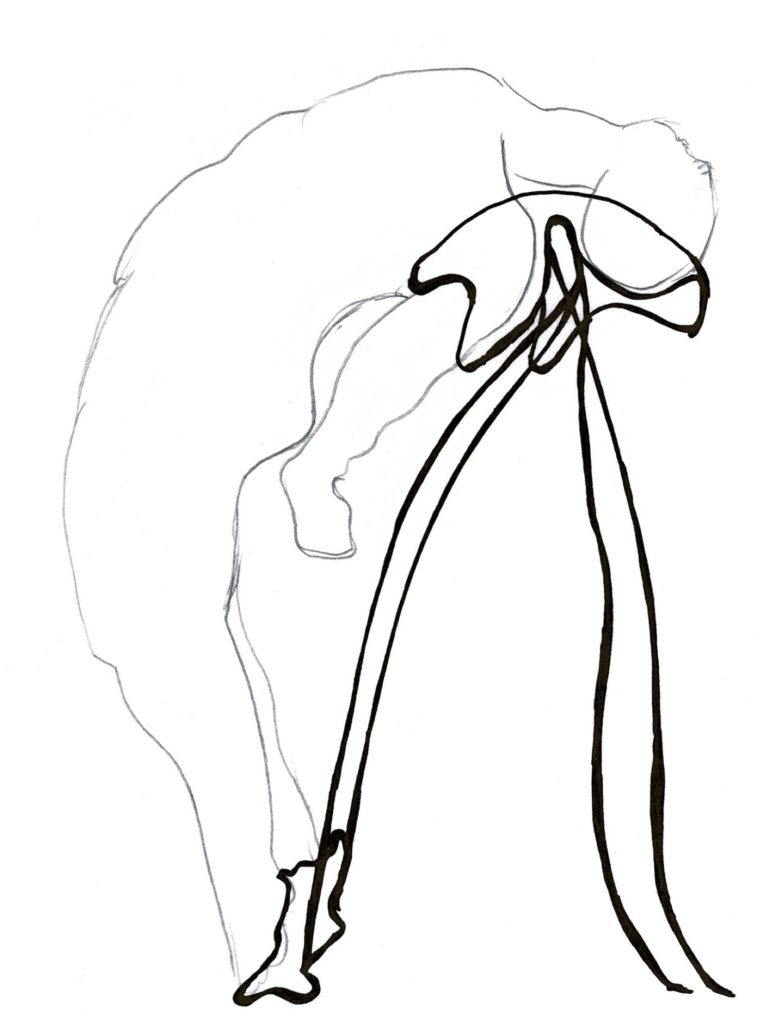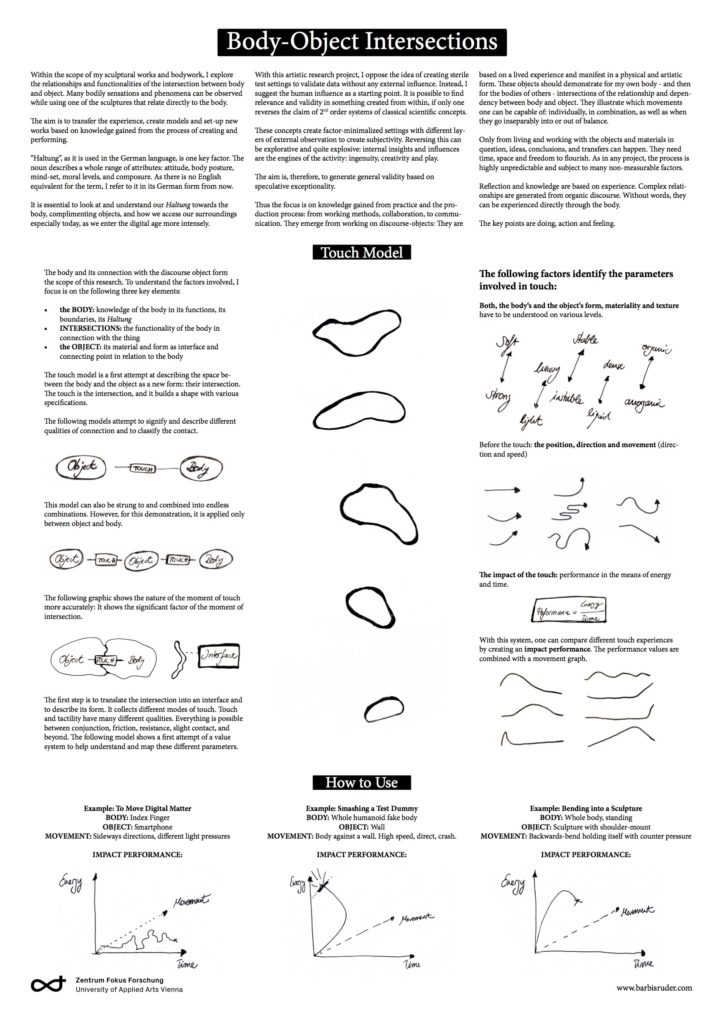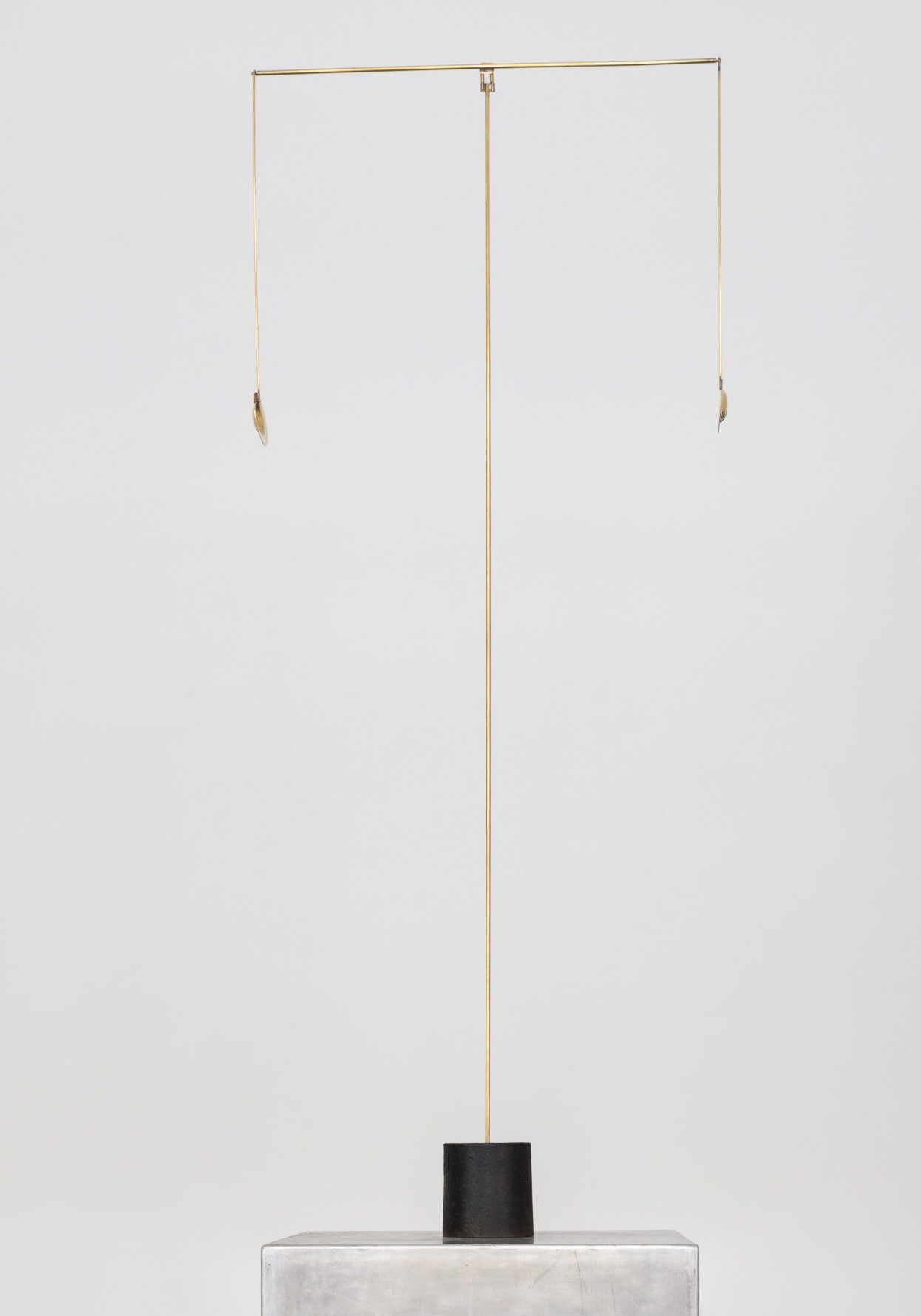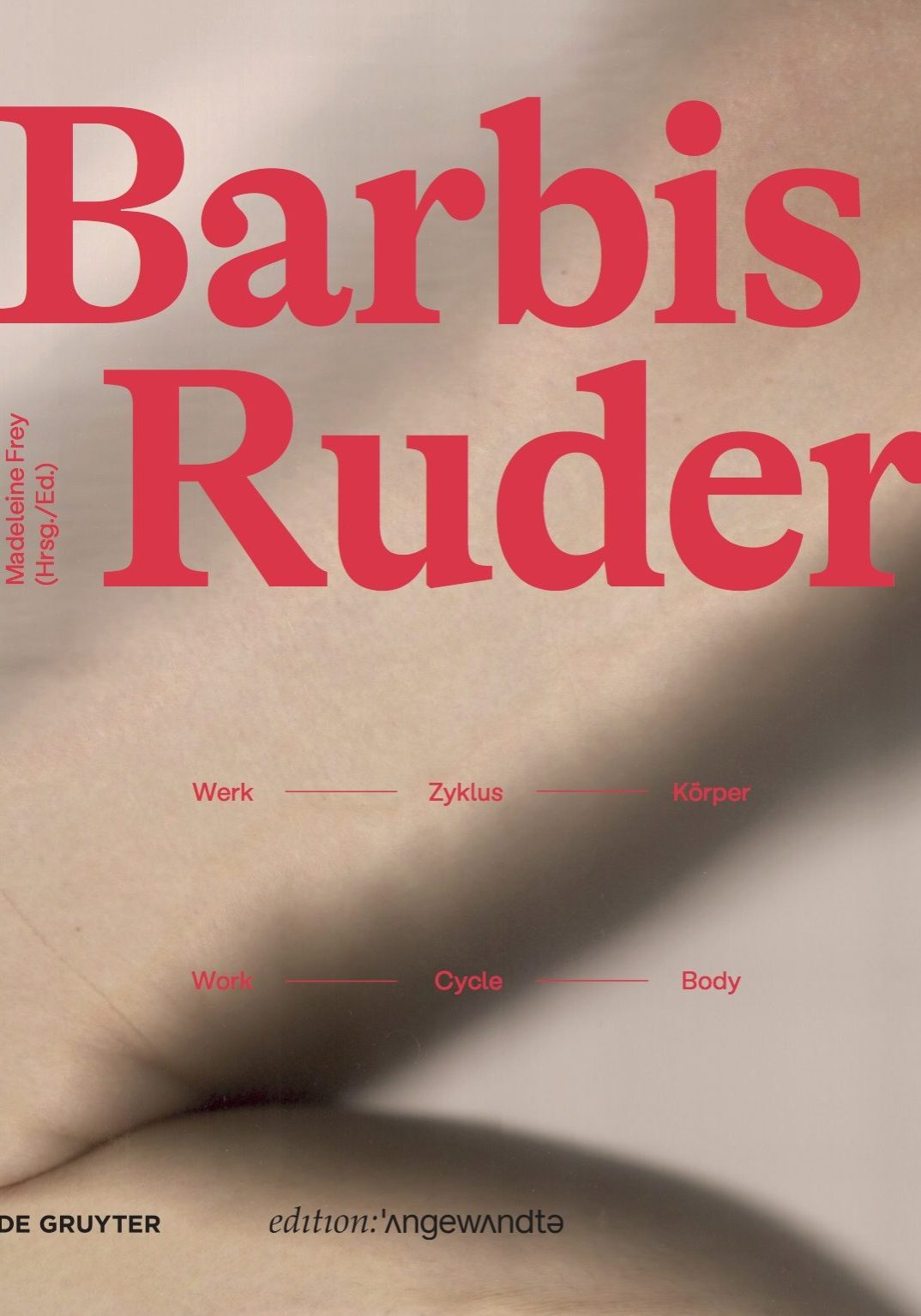Body-Object Intersections
Publication for the Research Envelope / PHD Artistic Research @Angewandte
Within the scope of my sculptural works and bodywork, I explore the relationships and functionalities of the intersection between body and object. Many bodily sensations and phenomena can be observed while using one of the sculptures that relate directly to the body.
The aim is to transfer the experience, create models and set-up new works based on knowledge gained from the process of creating and performing.
“Haltung”, as it is used in the German language, is one key factor. The noun describes a whole range of attributes: attitude, body posture, mind-set, moral levels, and composure. As there is no English equivalent for the term, I refer to it in its German form from now. It is essential to look at and understand our Haltung towards the body, complimenting objects, and how we access our surroundings especially today, as we enter the digital age more intensely.
With this artistic research project, I oppose the idea of creating sterile test settings to validate data without any external influence. Instead, I suggest the human influence as a starting point. It is possible to find relevance and validity in something created from within, if only one reverses the claim of 2nd order systems of classical scientific concepts.
These concepts create factor-minimalized settings with different layers of external observation to create subjectivity. Reversing this can be explorative and quite explosive: internal insights and influences are the engines of the activity: ingenuity, creativity and play.
The aim is, therefore, to generate general validity based on speculative exceptionality.
Thus the focus is on knowledge gained from practice and the production process: from working methods, collaboration, to communication.
They emerge from working on discourse-objects: They are based on a lived experience and manifest in a physical and artistic form. These objects should demonstrate for my own body – and then for the bodies of others – intersections of the relationship and dependency between body and object. They illustrate which movements one can be capable of: individually, in combination, as well as when they go inseparably into or out of balance.
Only from living and working with the objects and materials in question, ideas, conclusions, and transfers can happen. They need time, space and freedom to flourish. As in any project, the process is highly unpredictable and subject to many non-measurable factors.
Reflection and knowledge are based on experience. Complex relationships are generated from organic discourse. Without words, they can be experienced directly through the body.
The key points are doing, action and feeling.





